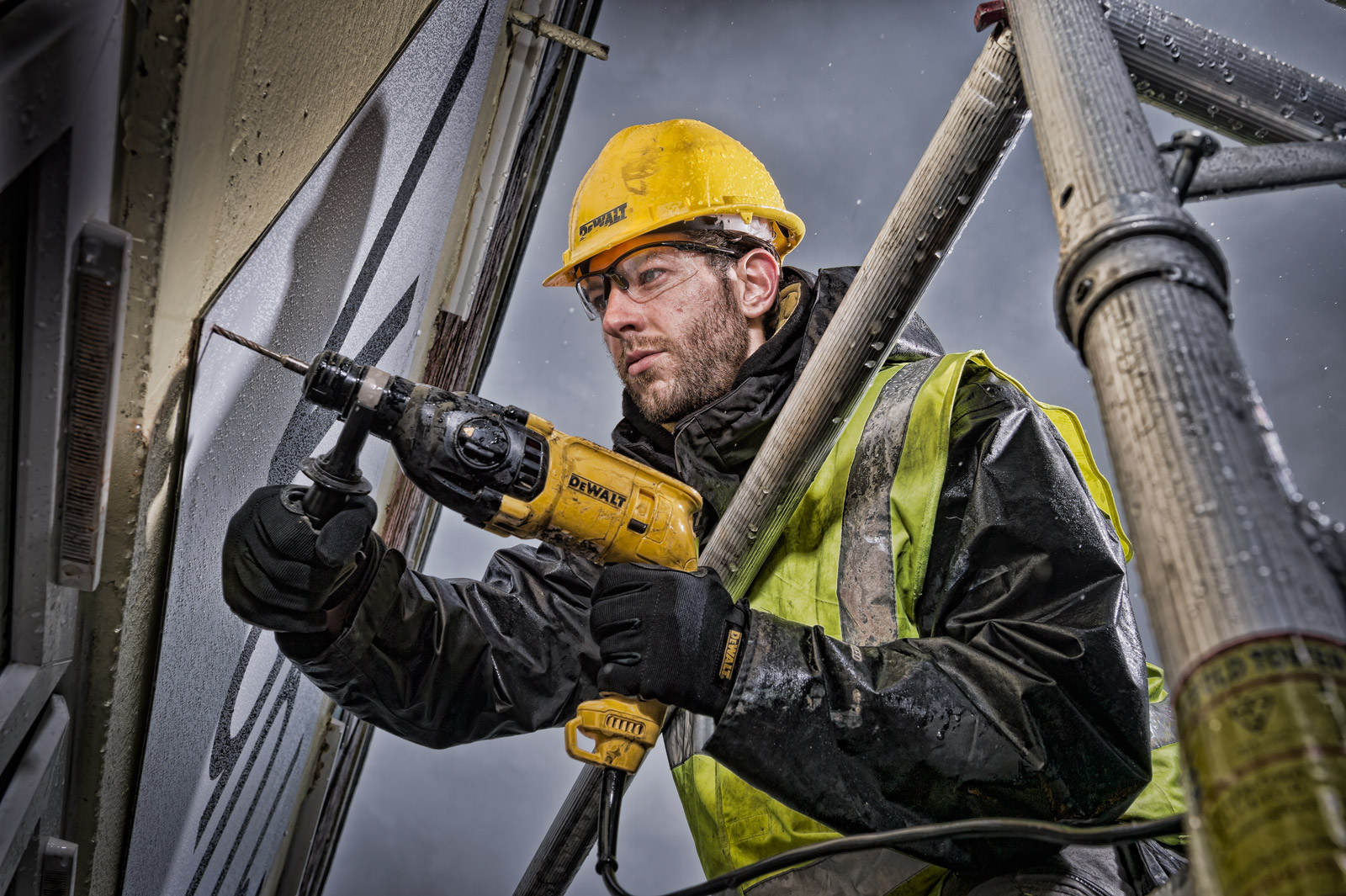How to work safely on a construction site in winter
[Image courtesy of http://www.michaelmolloy.co.uk/]
Contents |
[edit] Introduction
According to HSE, it has been estimated that 66,000 non-fatal, self reported injuries happened within the UK between 2015/16 and 43 workers were fatally injured.
Winter weather has the potential to hit the UK hard, with strong winds, freezing temperatures, snow, ice and lots of rain. All of these elements can cause hazards for construction workers on site. As the weather is uncontrollable and unpredictable, taking precautions to ensure site operatives stay safe is essential.
[edit] Construction site dangers
Wind, freezing rain and ice can make construction sites dangerous and cause an increase in site accidents and injuries.
[edit] Cold stress
Temperatures that fall to near or below freezing can be dangerous to a person’s health. They can cause skin and internal body temperatures to drop. In addition, if rain causes the skin to become damp this will contribute to heat loss from the body, and the body may not be able to warm itself up. All of this can cause serious illnesses that can result in permanent tissue damage or, in more serious cases, death. Trench foot, frostbite and hypothermia are potential hazards if workers are not properly protected from the elements when working outside.
[edit] Falls
Falls are one of the most common construction site accidents and they can happen all year round. However, winter weather increases the risk of falls due to ice and wet, slippery surfaces. When surfaces become cold, ice can accumulate on scaffolding, ladders, walkways, stairs and work platforms. If these areas are not treated correctly they can cause workers to slip and fall, sometimes from height, causing injuries such as broken bones, fractures, traumatic brain injuries and even death.
[edit] Winter driving accidents
Driving accidents don’t just happen on the roads, they can also happen on construction sites. Being on a construction site, it is easy to forget that winter driving rules for the road still apply. It is also important to remember that construction vehicles aren’t usually as agile as cars because of their size and weight.
[edit] How to prevent accidents on the construction site
Limit any exposure to the elements by shielding certain work areas from the weather, protecting the construction workers from potential harm.
Keep updated with weather reports, giving enough time to carry out any procedures necessary to ensure workers stay safe. Such measures could include:
- Shielding any areas that could be worst hit by the weather.
- Creating warm break areas so construction workers can warm up.
- Scheduling outside work to be carried out in shorter durations, ensuring employees do not have to face the elements for long periods of time.
- Providing the correct gear so when employees are working outside none of their skin is exposed and they are fully insulated to retain body heat and prevent the cold weather affecting them.
- Educating employees about how to work safely when the bad weather hits and what to do to prevent any accidents.
- Checking the site for any new hazards that could have been caused by the bad weather.
Working outside any time of the year can be extremely dangerous. Always make sure employees are safe, helping to reduce onsite injuries or fatalities.
[edit] Related articles on Designing Buildings
Featured articles and news
RTPI leader to become new CIOB Chief Executive Officer
Dr Victoria Hills MRTPI, FICE to take over after Caroline Gumble’s departure.
Social and affordable housing, a long term plan for delivery
The “Delivering a Decade of Renewal for Social and Affordable Housing” strategy sets out future path.
A change to adoptive architecture
Effects of global weather warming on architectural detailing, material choice and human interaction.
The proposed publicly owned and backed subsidiary of Homes England, to facilitate new homes.
How big is the problem and what can we do to mitigate the effects?
Overheating guidance and tools for building designers
A number of cool guides to help with the heat.
The UK's Modern Industrial Strategy: A 10 year plan
Previous consultation criticism, current key elements and general support with some persisting reservations.
Building Safety Regulator reforms
New roles, new staff and a new fast track service pave the way for a single construction regulator.
Architectural Technologist CPDs and Communications
CIAT CPD… and how you can do it!
Cooling centres and cool spaces
Managing extreme heat in cities by directing the public to places for heat stress relief and water sources.
Winter gardens: A brief history and warm variations
Extending the season with glass in different forms and terms.
Restoring Great Yarmouth's Winter Gardens
Transforming one of the least sustainable constructions imaginable.
Construction Skills Mission Board launch sector drive
Newly formed government and industry collaboration set strategy for recruiting an additional 100,000 construction workers a year.
New Architects Code comes into effect in September 2025
ARB Architects Code of Conduct and Practice available with ongoing consultation regarding guidance.
Welsh Skills Body (Medr) launches ambitious plan
The new skills body brings together funding and regulation of tertiary education and research for the devolved nation.
Paul Gandy FCIOB announced as next CIOB President
Former Tilbury Douglas CEO takes helm.
UK Infrastructure: A 10 Year Strategy. In brief with reactions
With the National Infrastructure and Service Transformation Authority (NISTA).
























Comments
Hello interesting article thanks for sharing with us all ive bookmarked your website